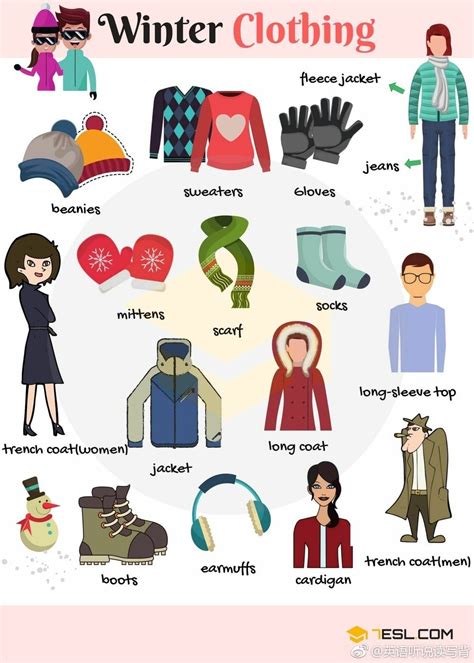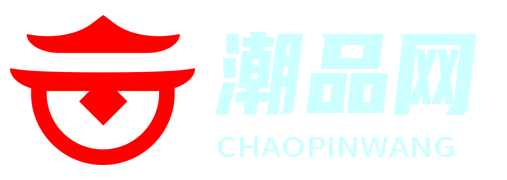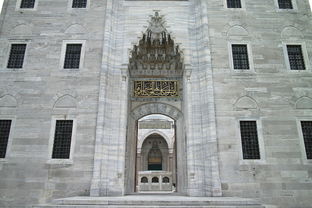Title: Understanding Clothing Manufacturing Processes
Clothing manufacturing encompasses a range of processes involved in turning raw materials into finished garments ready for sale. Here, we delve into the intricacies of clothing production, shedding light on the key stages and terminology involved.
1. Design and Development:

*Design Concept:* This initial phase involves conceptualizing the garment's design, considering factors like style, functionality, and target market.
*Technical Drawings:* Designers create detailed technical drawings or sketches specifying measurements, materials, and construction details.
*Pattern Making:* Patterns are drafted based on the technical drawings, serving as templates for cutting fabric pieces.
2. Fabric Sourcing and Preparation:
*Fabric Selection:* Manufacturers choose suitable fabrics based on design requirements, quality, and availability.
*Fabric Testing:* Fabric undergoes testing for properties like durability, colorfastness, and shrinkage to ensure quality standards are met.
*Fabric Pretreatment:* Pretreating fabric involves processes like washing or preshrinking to minimize distortion during garment production.
3. Cutting:
*Pattern Layout:* Fabric is laid out according to the pattern, maximizing efficiency and minimizing waste.
*Cutting:* Fabric pieces are cut according to the pattern using specialized cutting machines or manually with precision tools.
4. Sewing:
*Assembly Line Setup:* Garment components are stitched together sequentially on assembly lines or in smaller workshops.
*Stitching Techniques:* Various stitching techniques such as straight stitch, zigzag stitch, and overlock stitch are employed based on the garment's design and fabric type.
*Quality Control:* Throughout the sewing process, garments are inspected for defects and inconsistencies.
5. Finishing:
*Pressing:* Garments undergo pressing to remove wrinkles and create a polished appearance.
*Trimming and Embellishment:* Any remaining threads are trimmed, and embellishments like buttons, zippers, or appliques are added.
*Final Inspection:* Finished garments undergo a thorough inspection to ensure they meet quality standards before packaging.
6. Packaging and Distribution:
*Packaging:* Garments are folded, packed, and labeled according to size, color, and style.
*Distribution:* Finished products are shipped to retailers or directly to consumers through various distribution channels, including wholesalers, retailers, and ecommerce platforms.
Guidance and Recommendations:
Quality Assurance:
Prioritize quality control at every stage to uphold product standards and customer satisfaction.
Sustainability:
Explore ecofriendly practices such as using organic fabrics, reducing waste, and implementing ethical labor practices.
Technology Integration:
Embrace technological advancements like automation and digitalization to streamline processes and enhance efficiency.
Market Research:
Continuously monitor industry trends and consumer preferences to adapt production strategies accordingly and stay competitive in the market.Understanding the clothing manufacturing process is essential for anyone involved in the fashion industry, from designers and manufacturers to retailers and consumers. By grasping the intricacies of each stage, stakeholders can collaborate more effectively to create highquality garments that meet market demands while adhering to ethical and sustainable practices.








